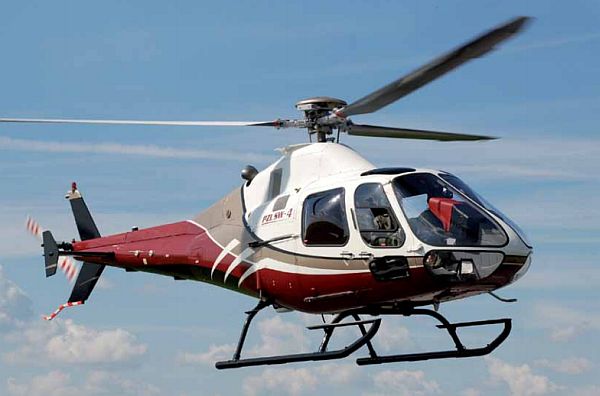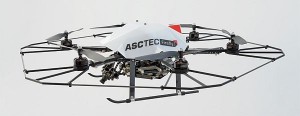Podcast: Play in new window | Download (Duration: 34:25 — 23.7MB)
Airfield design guidelines for large UAS, a guidebook for UAS threats at airports, first free flight of Airbus naval UAS, studying sea turtles and saving baby deer, fully charging drone batteries in 5 minutes, and drones fly over a nuclear power plant.
UAV News
Woolpert hired to research and develop airfield design guidelines for large UAS
The guidelines are primarily intended for airport managers, planners, engineers, UAS operators, and other stakeholders. If manned and unmanned aircraft are going to operate in the same airspace, airports will want to know the impacts. That includes the facility needs of large UAS and if they would use the same infrastructure. The contract with Woolpert is under the Airport Cooperative Research Program (ACRP), which is managed by the Transportation Research Board of the National Academies of Science, Engineering and Medicine and sponsored by the FAA.
Woolpert Selected by National Safe Skies Alliance to Develop UAS Response Guidebook for Airports
The guidebook is intended to help airports plan for and respond to UAS threats. The National Safe Skies Alliance is a non-profit organization funded by the FAA. It works with airports, government, and industry to maintain a safe and effective aviation security system. Woolpert will develop strategies and consider detection systems. Guidebook production is already underway with completion planned for 2021.
Airbus UAV Helo Completes First Free Flight
The relatively compact and stealthy Airbus Helicopters VSR700 is a multi-mission naval UAS designed to operate alongside other shipborne naval assets. It seeks to provide commanders with a tactical picture. The VSR700 flew for 10 minutes within visual line of sight. It had previously flown tethered. Powered by a Continental CD-155 four-cylinder, FADEC-controlled turbodiesel running on Jet A, VSR sea trials are planned for late 2021.
Embry-Riddle and Northrop Grumman Survey Sea Turtles
The Turtle Tech project teams Embry-Riddle Aeronautical University and Northrop Grumman with the Brevard Zoo in Florida. It’s a drone-based surveillance effort to better understand the behavior of sea turtles. The computer visioning systems can identify individual sea turtles, as well as their species, gender, and unique markings. Funded with a Northrop Grumman Foundation grant, Embry-Riddle researchers plan to use the Applied Aeronautics fixed-wing Albatross VTOL and the DJI Matrice 210.
Thermal drone used to save 15 baby Deer in Norway
A wildlife and outfield manager in Norway has been saving injured baby deer using a thermal camera equipped drone. Flights are conducted every morning between 2 a.m. and 6:30 a.m. looking for injured baby deer in grasslands. The DJI Mavic 2 Enterprise Dual is equipped with both a thermal camera and visual camera.
Storedot demonstrates worlds first 5 minute charge of a commercial drone
StoreDot is a battery developer that specializes in ultra-fast charging (UFC) technology. The company is applying UFC technology to the drone industry and they have demonstrated fully-charging a commercial drone in five minutes. StoreDot says their Li-ion batteries are “based on novel nanostructured materials combined with proprietary organic binders and enhanced electrolytes.”
The Night A Mysterious Drone Swarm Descended On Palo Verde Nuclear Power Plant
On two successive evenings in September 2019, a swarm of drones flew over the Palo Verde Nuclear Generation Station in Arizona, America’s most powerful nuclear plant. The Nuclear Regulatory Commission (NRC) called it a “drone-a-palooza.” Documents obtained from the NRC through the Freedom of Information Act (FOIA) show that four to six drones were involved. They were estimated to be over 2 feet in diameter with flashing lights.


